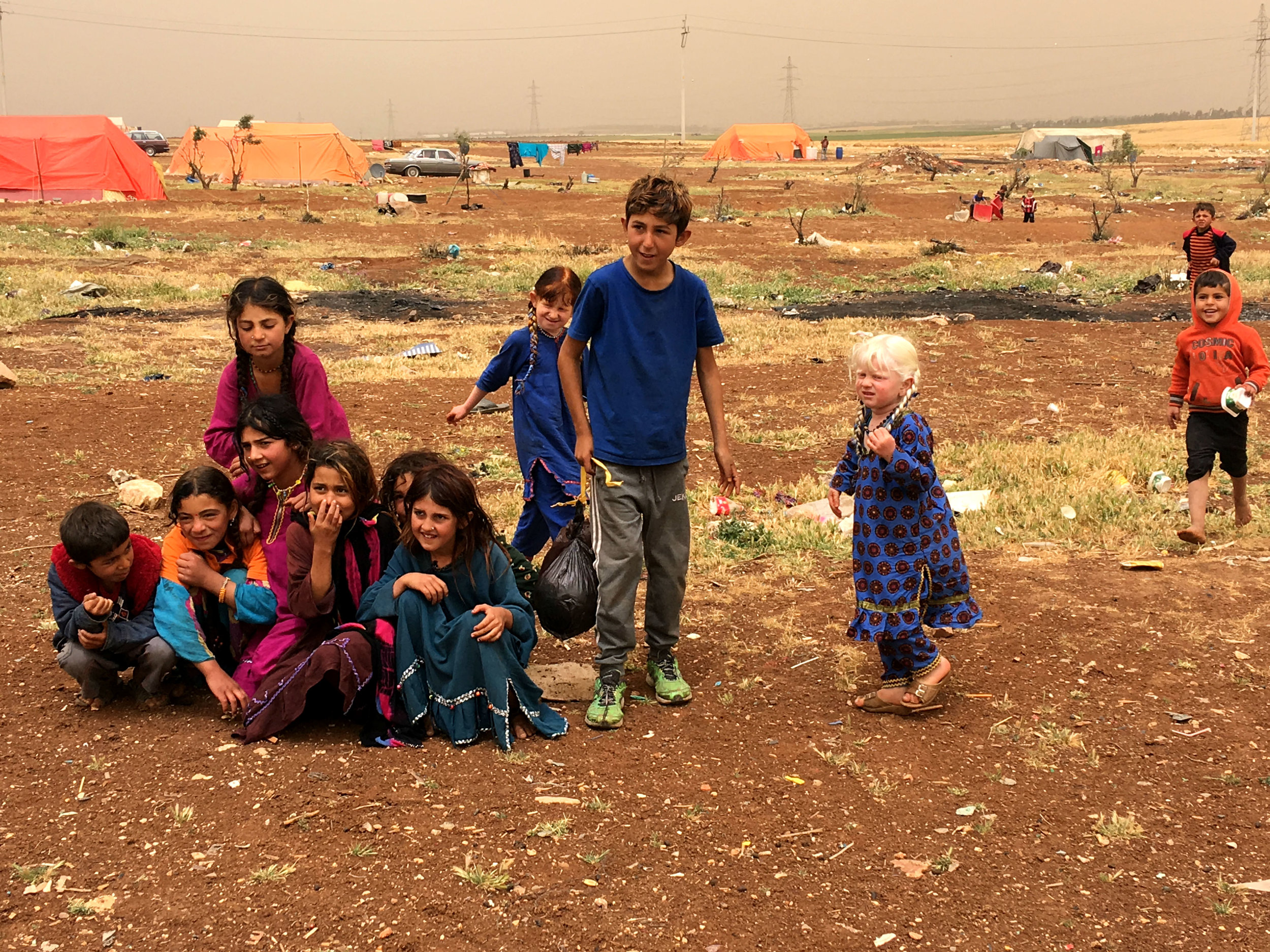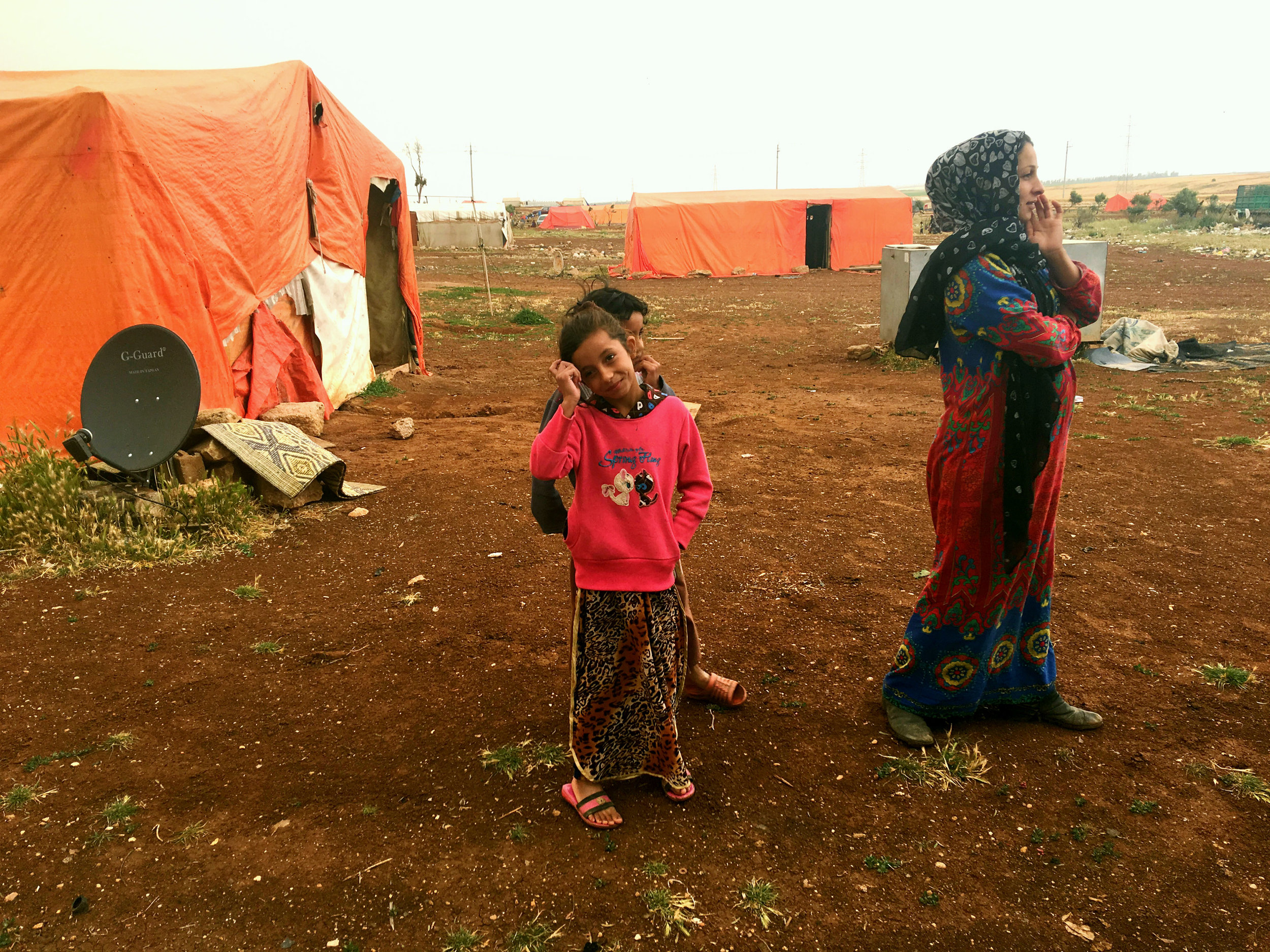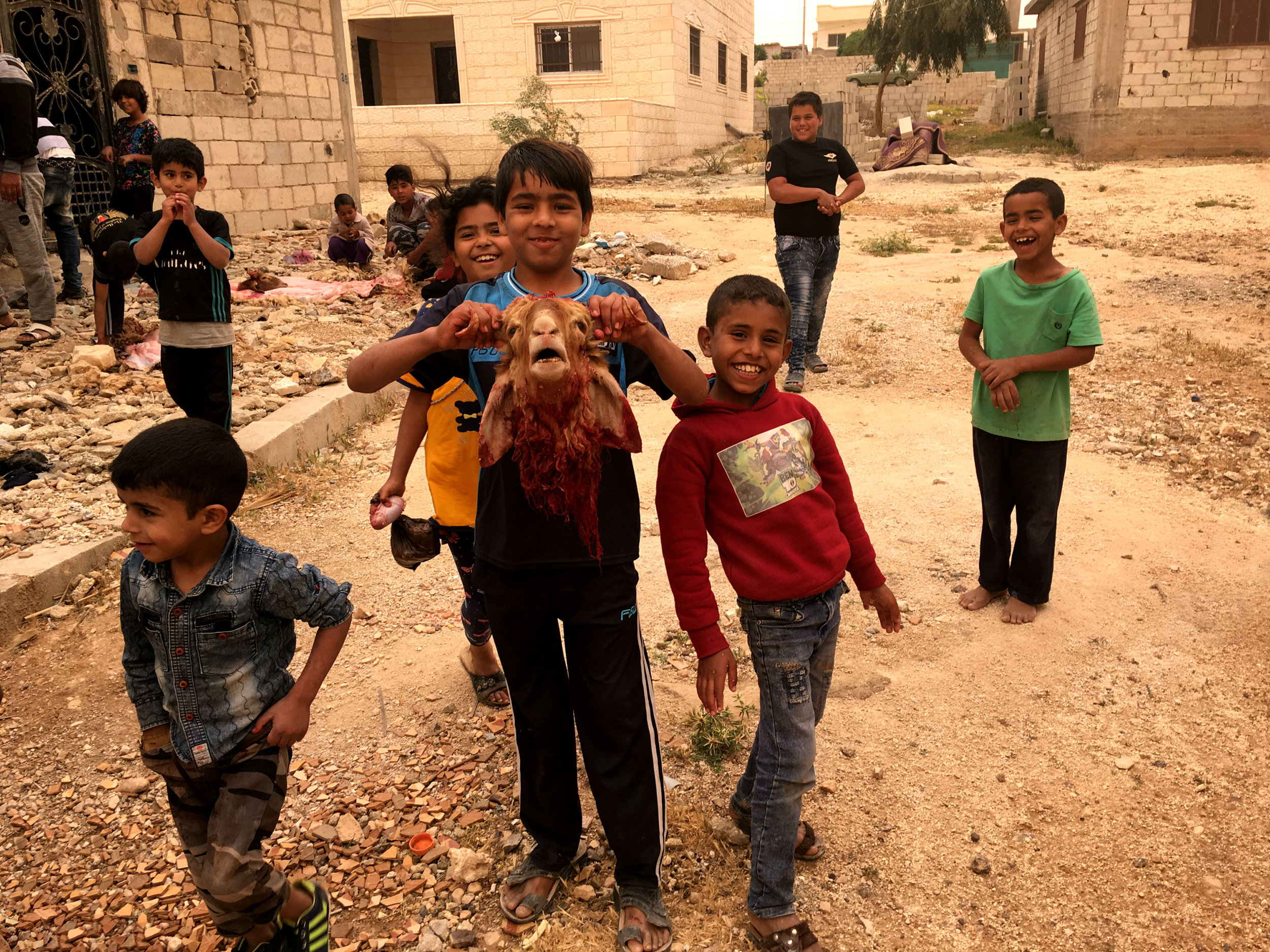ELISA ODDONE
Photojournalist
“With more than 5.6 million Syrians now living outside the country, predominantly in neighbouring Jordan, Lebanon and Turkey, the conflict has created a vast refugee population facing poverty, discrimination and insecurity. But for certain communities, such as the long-stigmatized Bani Murra, the present crisis has only reinforced a long history of prejudice and exclusion – placing them in an especially vulnerable situation as both foreigners and a minority.”
Winds spread dust over dozens of makeshift tents on a desolate patch of desert highway in Irbid in northern Jordan, just a few metres from the constant traffic on the road. Clothing dries on makeshift washing lines, surrounded by filthy ponds and piles of rubbish, while stray dogs hunt for leftovers in the remains of campfires where meals have been prepared.
Around 60 members of Syria’s Dom community, an Indo-Aryan people also known as Bani Murra, live here. Frequently referred to as ‘gypsies’ due to their formerly nomadic lifestyle, they fled their country at the beginning of the Syrian conflict in 2011. They share this plot with dozens of Turkmen, a close-knit Turkic-speaking community which has been in the kingdom for decades. Researchers believe Dom migrated from South Asia in the sixth century and gradually made their way through the Middle East, with settlements already in place at the time of the Crusades.


